What are the indicators of sweetness you can find on a wine bottle? How can you find out the possible flavours from the label of a Sherry or a Port? Find out everything you need to know here.
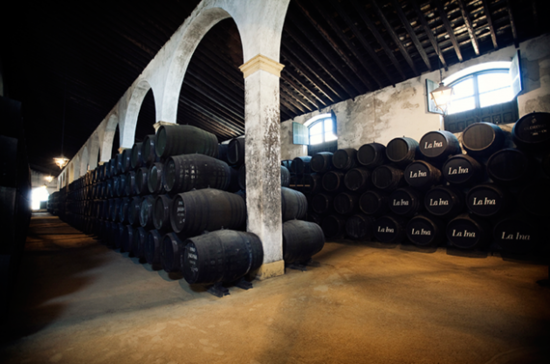
Fortified wines and sweet wines are made with various methods and grape varieties, which are often indicated on wine labels. Last week when we tasted Hungarian TokajiAszu, a noble rot wine, the teacher reminded us to notice the “5 puttonyos”, the unit given to denote the level of sugar and sweetness in Hungarian sweet wine ranging from 3 puttonyos to 6 puttonyos. Symbols like this showing the sweetness and quality of sweet and fortified wines are usually explicitly stated on wine labels so consumers can know how sweet a wine is at a glance.
Sweet wines, grape varieties and labelling
Fortified sweet wines often use Muscat grapes, such as Muscat de Beaumes de Venise and Muscat de Rivesaltes, which have very pronounced fruity, perfume aromas.
Riesling, Semillon and Chenin Blanc are easily attacked by noble rot thus they are often used to make noble rot wines. Noble rot wine’s labels may state botrytis cinerea, or just botrytis. But sometimes wine labels do not state grape variety or botrytis; they just say Sauternes AC (famous for Semillon noble rot), or Vouvray AC (famous for Chenin Blanc noble rot), and Alsace AC (famous for Riesling noble rot).
Beerenauslese and Trockenbeerenauslese are two terms often seen on quality Riesling noble rot from Germany and Austria. Lables reading Eiswein means this is icewine from Germany or Austria, while in Canada, icewine’s label often has a term VQA, showing that the wine is from a legally protected appellation under the Vintners Quality Alliance system.
Sherry
Labels of Dherry wines usually state the wine’s style, such as Amontillado, Oloroso, or PX. Amontillado is dry (or Seco on the label), made from Palomino grape. The amber-colored fortified wine has a nut-like taste. Sweetened Amontillado is labelled as “Medium”.
Oloroso is also dry and made from the Palomino grape but it is different from Amontillado as it is attacked by oxygen throughout ageing. The deep-brown coloured wine has pronounced aromas of roasted nuts and a nutty flavour. Sweetened Oloroso is labelled as “Cream”.
Sherry wines with labels saying Pedro Ximenez means they are made from the dried grape Pedro Ximenez (or PX for short). This wine, with syrupy sweetness, is semi-fluid and many of my classmates say it looks, smells and tastes like loquat syrup, a kind of traditional herbal medicine in China used to treat coughing. I think PX tastes much better than the loquat syrup, and PX is more versatile. In a bar in Shanghai I saw more than 10 varieties of cocktail using PX in the blend.
Port
Port wines are becoming increasingly popular in China specifically among consumers who would like to try wines but demand high alcohol at the same time. Major grape varieties for Port wines include Touriga Nacional, Tinta Cao, Tinta Barroca, Touriga Francesa and Tinta Roriz. The best Port is usually made from Touriga Nacional which has deep color and high tannin.
Labels reading Ruby Port mean they are an inexpensive, non-vintage wine that undergoes less than three years ageing before bottling. Such wines are sweet, simple, and fruity: a table wine that can go with easy dining.
Labels reading Reserve Ruby Port means they undergo up to five years ageing before bottling, and taste more complex than Ruby Port with more intense fruity flavours and aromas.
Late Bottle vintage, or LBV for short, means the wine uses grapes from a single vintage and it is usually sweet. Unfiltered sometimes appears on label meaning that the wine is not filtered before bottling and is better served after being decanted to remove the sediment.
Vintage Ports use grapes that come from the only the very best vineyards and are only made in good years. Vintage is usually stated on the label.
Tawny Ports are a kind of inexpensive, simple, light-coloured ports that have toffee and caramel flavours. If the label reads Reserve Tawny Port, it means the wine is aged for at least six years in small oak vessels and has more complicated flavours of nuts and a trace of chocolate.
My classmates and I shared a bottle of Taylor’s 20 Year Old Tawny Port, a tawny port with indication of age, which could be labelled as 10 Year, 20 Year, 30 Year and 40 Year. Such wines are best consumed close to bottling date, which is usually found on the label. I was wondering what I was doing when the wine started ageing 20 years ago and what I was drinking at that time. Gatorade perhaps, after a soccer session in primary school.
All rights reserved by Future plc. No part of this publication may be reproduced, distributed or transmitted in any form or by any means without the prior written permission of Decanter.
Only Official Media Partners (see About us) of DecanterChina.com may republish part of the content from the site without prior permission under strict Terms & Conditions. Contact china@decanter.com to learn about how to become an Official Media Partner of DecanterChina.com.


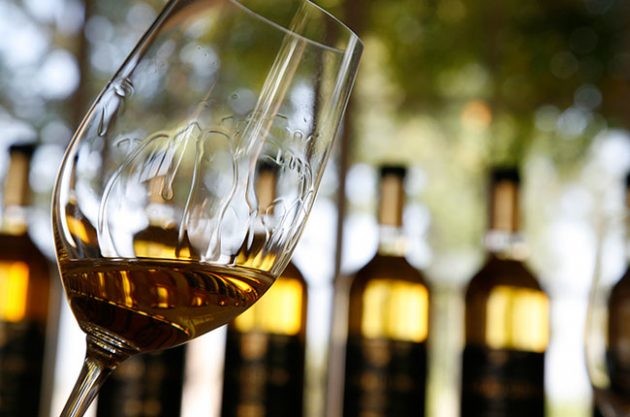
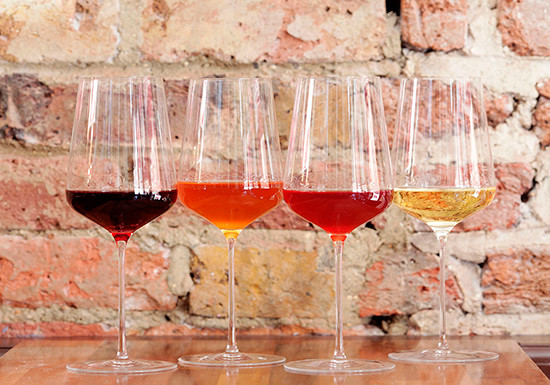
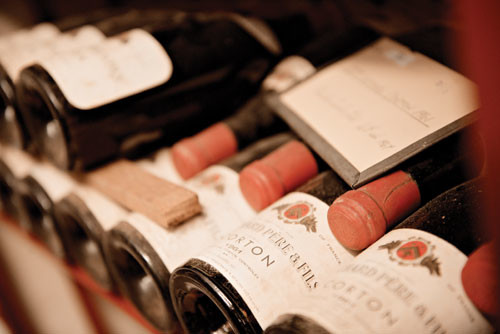
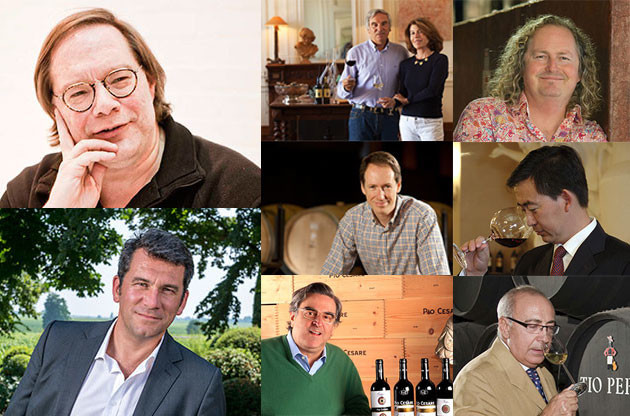
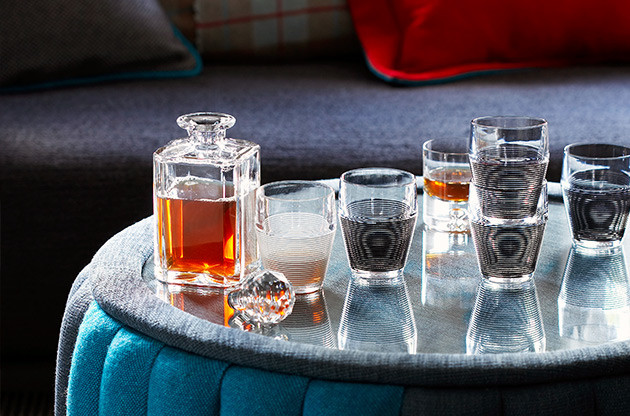
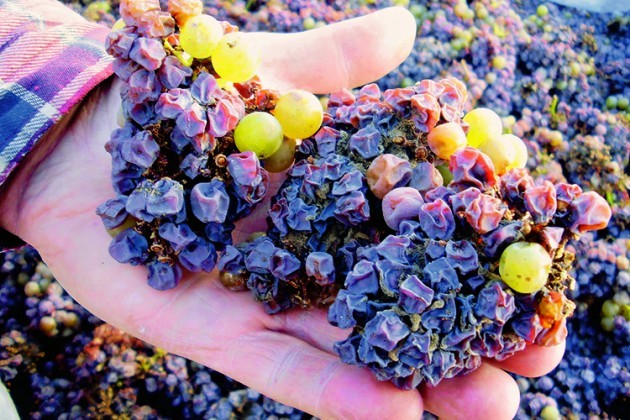
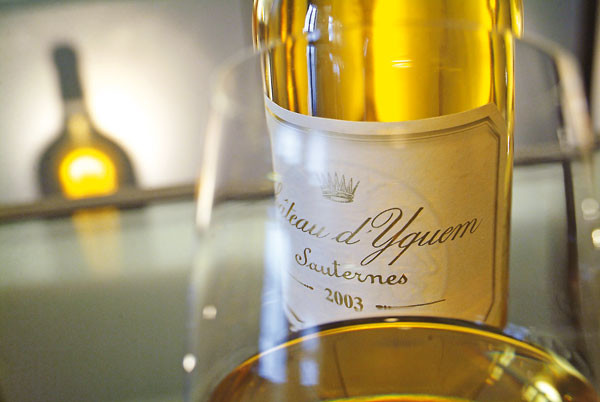
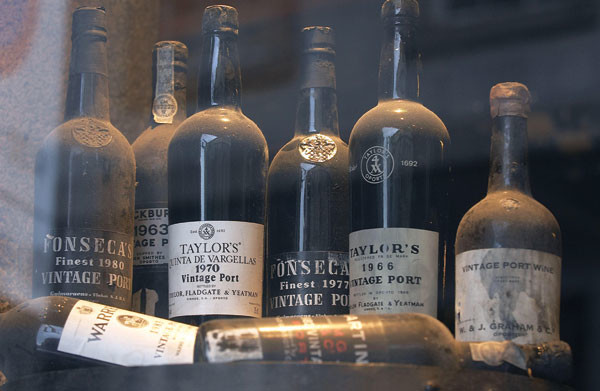
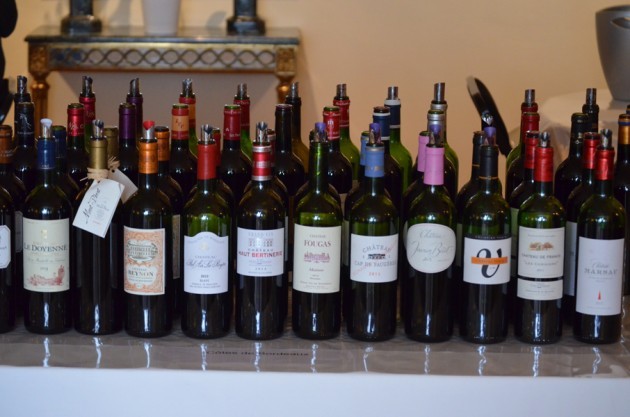
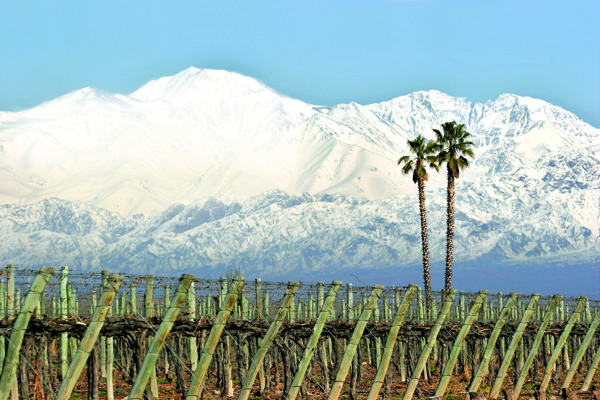
Comments
Submit